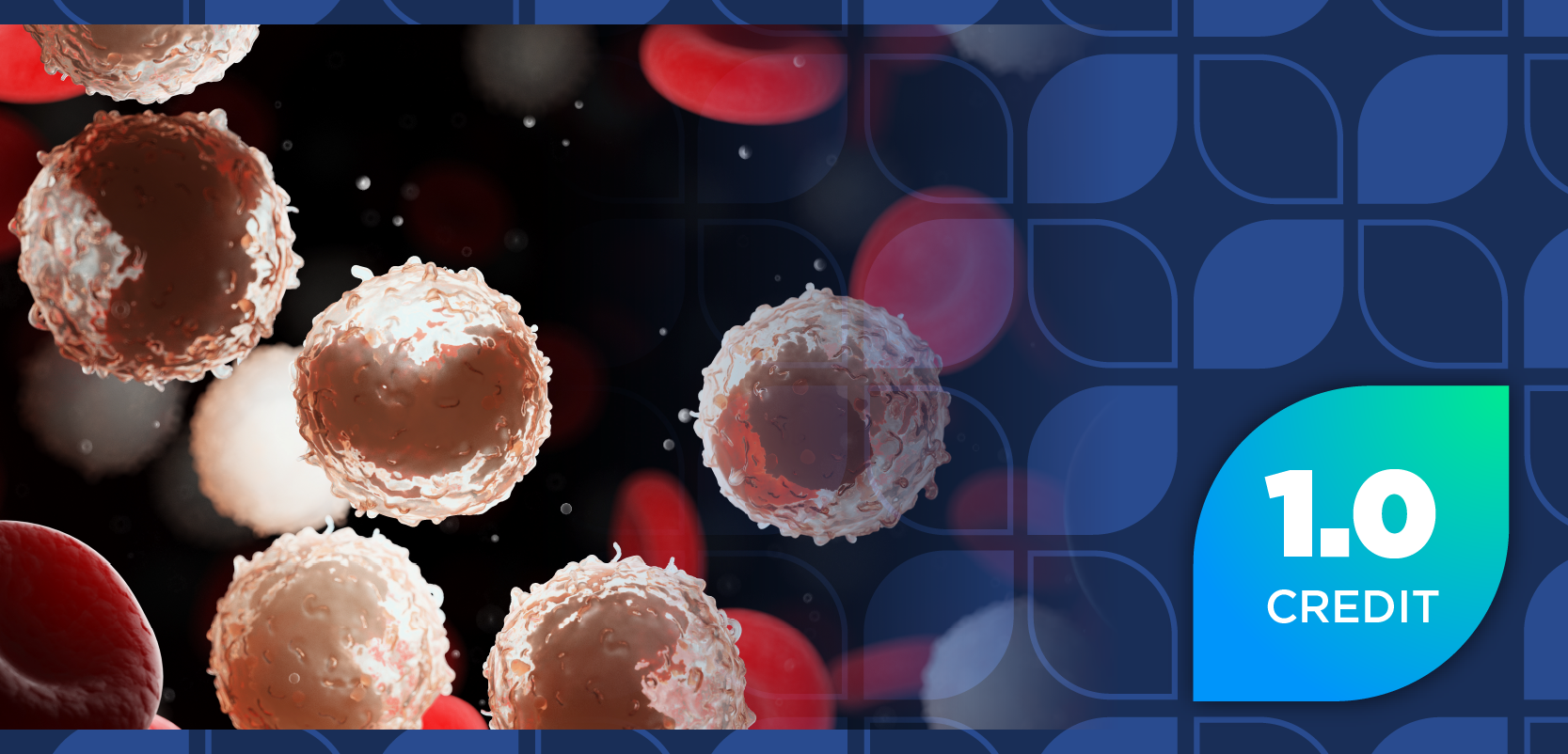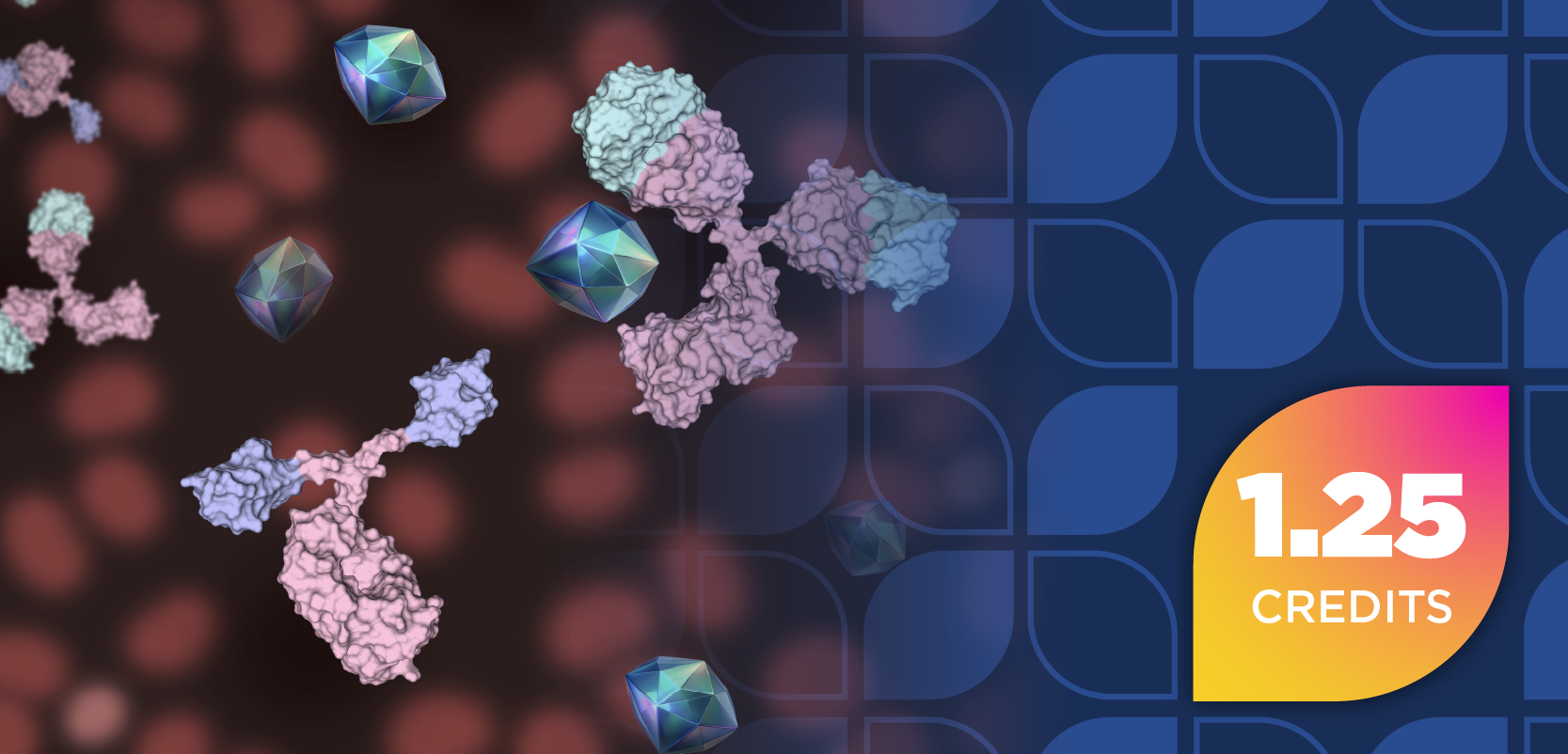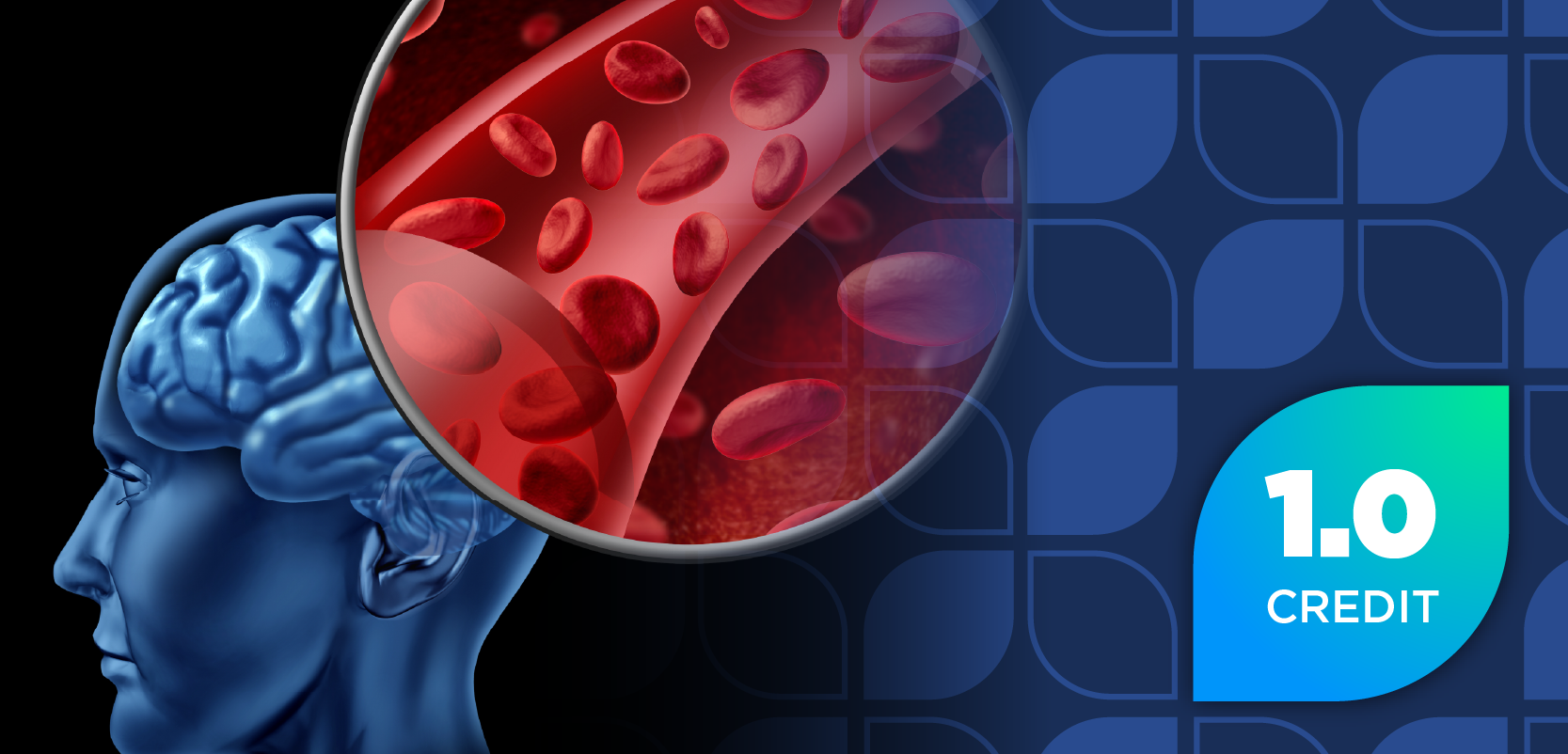
Pharmacy Practice in Focus: Health Systems
- July 2019
- Volume 8
- Issue 4
Aggressive, Early Treatment Slow MS
Defining multiple sclerosis helps pinpoint what therapies work best for patients.
About 150 of every 100,000 Americans has multiple sclerosis (MS),1 an immune-mediated disease where the body’s immune cells target and destroy nerve cells within the central nervous system. Primarily directed at the myelin sheath, which is the insulating, protective axon cover, this attack can also destroy the nerve cells and the cells responsible for making myelin. Slow nerve destruction creates an inability of nerve cells to communicate, causing a variety of neu- rological symptoms to develop and worsen over time.2
RELAPSING-REMITTING AND SECONDARY PROGRESSIVE MS
MS occurs in 2 stages. Most cases start as relapsing-remitting MS (RRMS), with new or increasing neurologic symptoms that occur as well-defined attacks called exacerbations and relapses. Patients experience periods of complete or partial recovery (remissions). During remissions, however, symptoms may persist, become permanent, or resolve. Disease progression stalls during remission.3
Later, MS usually converts to secondary progressive MS (SPMS), a condition in which neurological disabilities will accumulate, making functionality progressively worse, without remission.3 In 2016, a researcher defined SPMS objectively. Patients who progress to SPMS in absence of a relapse must meet 3 criteria: a functional system score (FSS) ≥2,4 a score ≥4 on the Expanded Disability Status Scale, and a maintained level of function on the FSS for 3 months.
PREVENTING TRANSITION
Preventing the transition from RRMS to SPMS is crucial. Using the objective SPMS definition, a recent study (N = 1555) of patient conversion from RRMS to SPMS examined aggressive, early treatment. The researchers followed patients for at least 4 years between 1988 and 2012 and observed 5 treatment options: alemtuzumab, fingolimod, glatiramer acetate (GA), interferon beta (INFB), or natalizumab (see Table 15-9).10 They concluded that aggressive, early treatment with alemtuzumab, fingolimod, or natalizumab was more promising than initiation with GA or INFB.
CONCLUSION
Pharmacists are strong patient educators. MS can be very frightening, and pharmacists can help patients navigate therapy options and provide necessary support for continued quality health care. Table 25-9 lists important counseling points.
An objective definition of SPMS may aid patient therapy choice. The FDA approved a new medication, cladribine (Mavenclad), for RRMS and SPMS in March 2019.11 Researchers used the objective definition to determine appropriateness for SPMS. New reviews and studies are under way, examining how we treat RRMS and SPMS and if current therapy remains effective.12-15 To keep up to date on treatments for MS, refer to the sites mentioned in Table 3.
Kathleen Golebiewski is a 2019 PharmD graduate of the University of Connecticut School of Pharmacy in Storrs.
References
- Dilokthornsakul P, Valuck RJ, Nair KV, Corboy JR, Allen RR, Campbell JD. Multiple sclerosis prevalence in the United States commercially insured population. Neurology. 2016;86(11):1014-1021. doi: 10.1212/WNL.0000000000002469.
- National Multiple Sclerosis Society. Definition of MS. National Multiple Sclerosis Society website. nationalmssociety.org/What-is-MS/Definition-of-MS. Accessed April 20, 2019.
- National Multiple Sclerosis Society. Types of MS. National Multiple Sclerosis Society website. nationalmssociety.org/What-is-MS/Types-of-MS. Accessed April 20, 2019.
- Lorscheider J, Buzzard K, Jokubaitis V, et al; MSBase Study Group. Defining secondary progressive multiple sclerosis. Brain. 2016;139(9):2395-2405. doi: 10.1093/brain/aww173.
- Avonex (interferon beta-1a) [prescribing information]. Cambridge, MA: Biogen Inc; 2016. avonex.com/content/dam/commercial/multiple-sclerosis/avonex/pat/en_us/pdf/Avonex_Prescribing_Information.pdf. Accessed June 4, 2019.
- Copaxone (glatiramer acetate) [prescribing information]. North Wales, PA: Teva Pharmaceuticals USA Inc; 1996. www.accessdata.fda.gov/drugsatfda_docs/label/2009/020622s057lbl.pdf. Accessed June 4, 2019.
- Gilenya (fingolimod) [prescribing information]. East Hanover, NJ: Novartis Pharmaceuticals Corp; 2010. www.pharma.us.novartis/com/sites/www.pharma.us.novartis.com/files/gilenya.pdf. Accessed June 4, 2019.
- Tysabri (natalizumab) [prescribing information]. Cambridge, MA: Biogen Inc; 2004. tysabri.com/content/dam/commercial/multiple-sclerosis/tysabri/pat/en_us/pdfs/tysabri_prescribing_information.pdf. Accessed June 4, 2019.
- Lemtrada (alemtuzumab) [prescribing information]. Cambridge, MA: Genzyme Corp; 2001. www.accessdata.fda.gov/drugsatfda_docs/label/2017/103948s5158lbl.pdf. Accessed June 4, 2019.
- Brown JWL, Coles A, Horakova D, et al; MSBase Study Group. Association of initial disease-modifying therapy with later conversion to secondary progressive multiple sclerosis. JAMA. 2019;321(2):175-187. doi: 10.1001/jama.2018.20588.
- FDA approves new oral treatment for multiple sclerosis [news release]. March 29, 2019: FDA website. www.fda.gov/news-events/press-announcements/fda-approves-new-oral-treatment-multiple-sclerosis. Accessed April 27, 2019.
- Bhatia R, Singh N. Can we treat secondary progressive multiple sclerosis now? Ann Indian Acad Neurol. 2019;22(2):131-136. doi: 10.4103/aian.AIAN_345_18.
- Jarius S, Ruprecht K, Stellmann JP, et al. MOG-IgG in primary and secondary chronic progressive multiple sclerosis: a multicenter study of 200 patients and review of the literature. J Neuroinflammation. 2018:15(1):88. doi: 10.1186/s12974-018-1108-6.
- Ball S, Vickery J, Hobart J, et al. The Cannabinoid Use in Progressive Inflammatory brain Disease (CUPID) trial: a randomised double blind placebo-controlled parallel group multi-centre trial of cannabinoids to slow progression in multiple sclerosis. Health Technol Assess. 2015;19(12):vii-viii, xxv-xxxi, 1-187. doi: 10.3310/hta19120.
- Lorscheider J, Jokubaitis VG, Spelman T, et al; MSBase Study Group. Anti-inflammatory disease-modifying treatment and short-term disability progression in SPMS. Neurology. 2017;89(10):1050-1059. doi: 10.1212/WNL.0000000000004330.
Articles in this issue
over 6 years ago
Experts Discuss Hepatic Encephalopathyover 6 years ago
Updates to USP Compounding Chapters Are on the Horizonover 6 years ago
Geriatric Cancers Present Many Therapeutic Challengesover 6 years ago
Changes Are Afoot in the Biosimilars Sectorover 6 years ago
Keep Your Hands Off My FormularyNewsletter
Stay informed on drug updates, treatment guidelines, and pharmacy practice trends—subscribe to Pharmacy Times for weekly clinical insights.


















































































































































































































